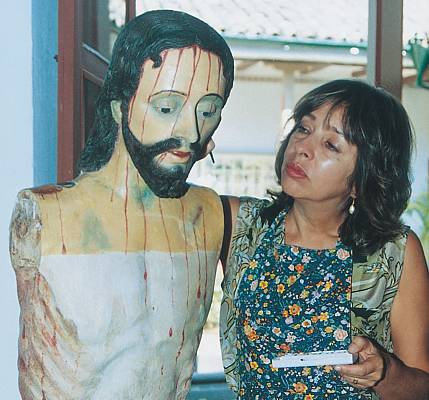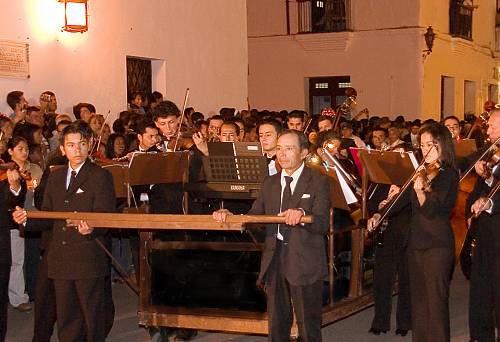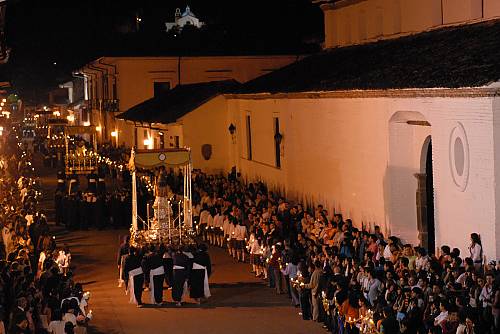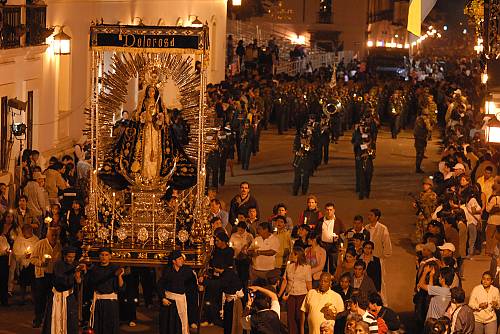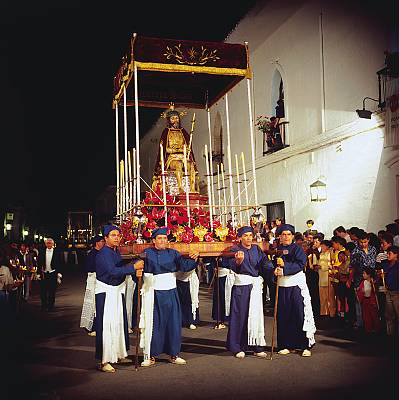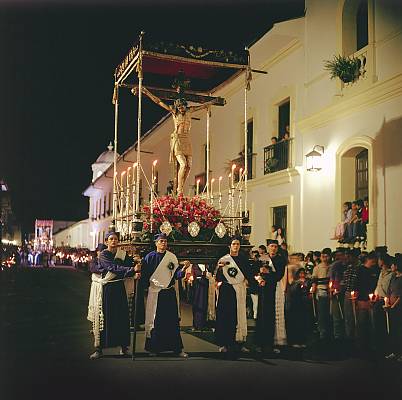Holy Week processions in Popayán
Inscribed in 2009 (4.COM) on the Representative List of the Intangible Cultural Heritage of Humanity

The Holy Week processions in Popayán are one of the oldest traditions in Colombia, practised since the colonial period. From the Tuesday to the Saturday before Easter, between 8 p.m. and 11 p.m., a series of processions take place. The five processions, devoted to Mary, Jesus, the Cross, the Laying in the Tomb, and the Resurrection respectively, follow a two-kilometre route through the town centre. Each procession is set around reliquary floats, or pasos, which are created and assembled according to complex rules. The reliquary floats are adorned with ornate, flower-decked wooden statues, most of which date from the late eighteenth century and depict the Easter story. The route is flanked on either side by worshippers carrying candles and wearing special clothing. The processions are remarkable for their artistic quality (gilding, cabinetwork), sounds and smells (incense). Preparations, which last for a whole year, follow instructions passed down to children from age five, and from generation to generation. The processions have their own vocabulary and expertise, and the roles and responsibilities of each individual are precisely allocated. Some inhabitants of the town, who have formed a general assembly to protect the tradition, act as the organizers and work with the authorities and various bodies. The processions, which attract many visitors from around the world, are a major factor contributing to social cohesion and the local collective psyche.


